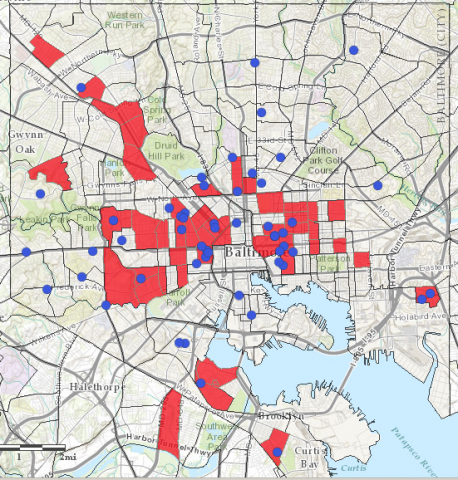- Joined
- Aug 3, 2008
- Messages
- 15,654
- Reaction score
- 2,471
http://www.citypaper.com/blogs/the-...500-new-low-income-family-20171003-story.html
Spreading the wealth. Can’t have a Baltimore that’s not 100% infected.
Affordable housing for the poor has long remained elusive in the Baltimore region’s most prosperous communities—and under pressure from fair housing advocates, Maryland’s housing department just took a step toward changing that.
On September 20, the Maryland Board of Public Works approved $225,000 to settle a six-year-old discrimination complaint against the state’s Department of Housing and Community Development. Under the so-called “Voluntary Compliance Agreement and Conciliation Agreement,” the state agrees to help finance development of at least 1,500 low-income housing units across Baltimore City and Harford, Howard, Carroll, Anne Arundel, and Baltimore counties.
The settlement restricts those units to communities with low crime, minimal poverty, and highly-ranked schools.
Spreading the wealth. Can’t have a Baltimore that’s not 100% infected.


